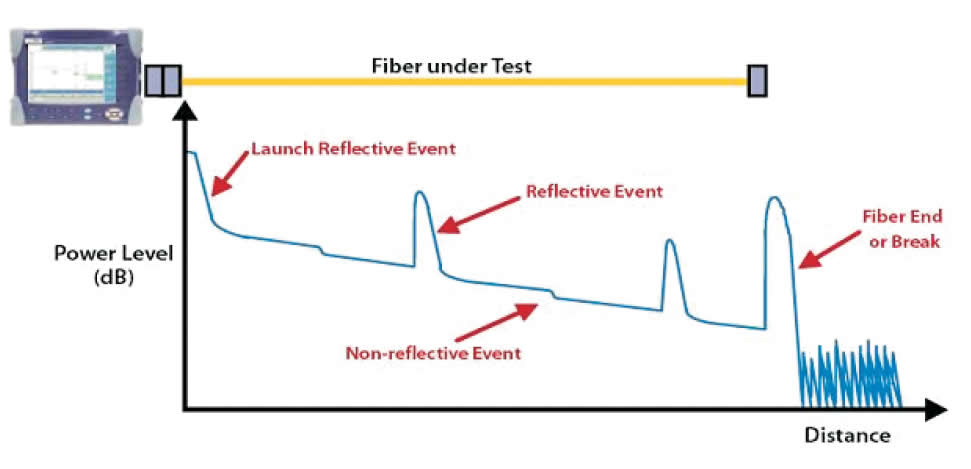Network Characterization
The global market competitiveness, demand of quality services, and exponentially increasing consumer base are pushing Telecom operators to enhance the transmission capacity of their networks beyond limits. With the use of higher bit rates and coarse or dense wavelength division multiplexing (CWDM/DWDM) techniques, the engineers are achieving greater bandwidth over longer distances.

Why Characterization At higher Bit rates of 10 Gbps upto 40 Gbps, the backbone fiber becomes more sensitive to signal distortions, noise and dispersions. Most of the fiber cables are usually not taken care of higher bit rate sustainability during deployment by network operators. As a result, installation issues such as bend radius, splice losses, pressure points & insertion losses at termination points have become more significant and critical to 10 Gbps networks and beyond. For example, a laid fiber with a bending radius of 20mmof its dia, occurring at any one location, and having an attenuation of 0.3 dB / Km at 1550 nm may suffer a loss of upto 2 dB / Kmatwavelength 1625 nm. Therefore, it is becoming essential for a telecom operator that all of the key parameters of the installed fiber in an optical network are thoroughly verified in order to ensure optimum performance. The evaluation of installed fiber against a specified requirement is known as Fiber Characterization.